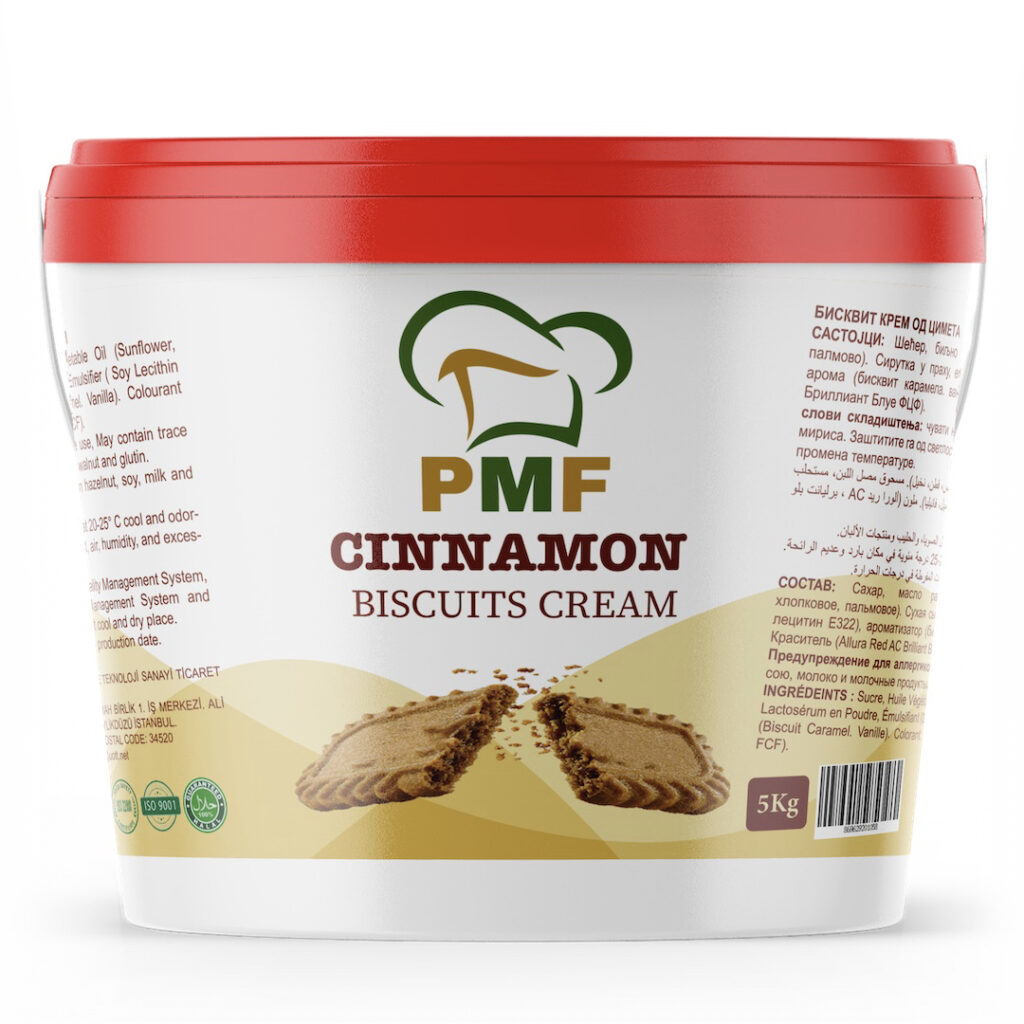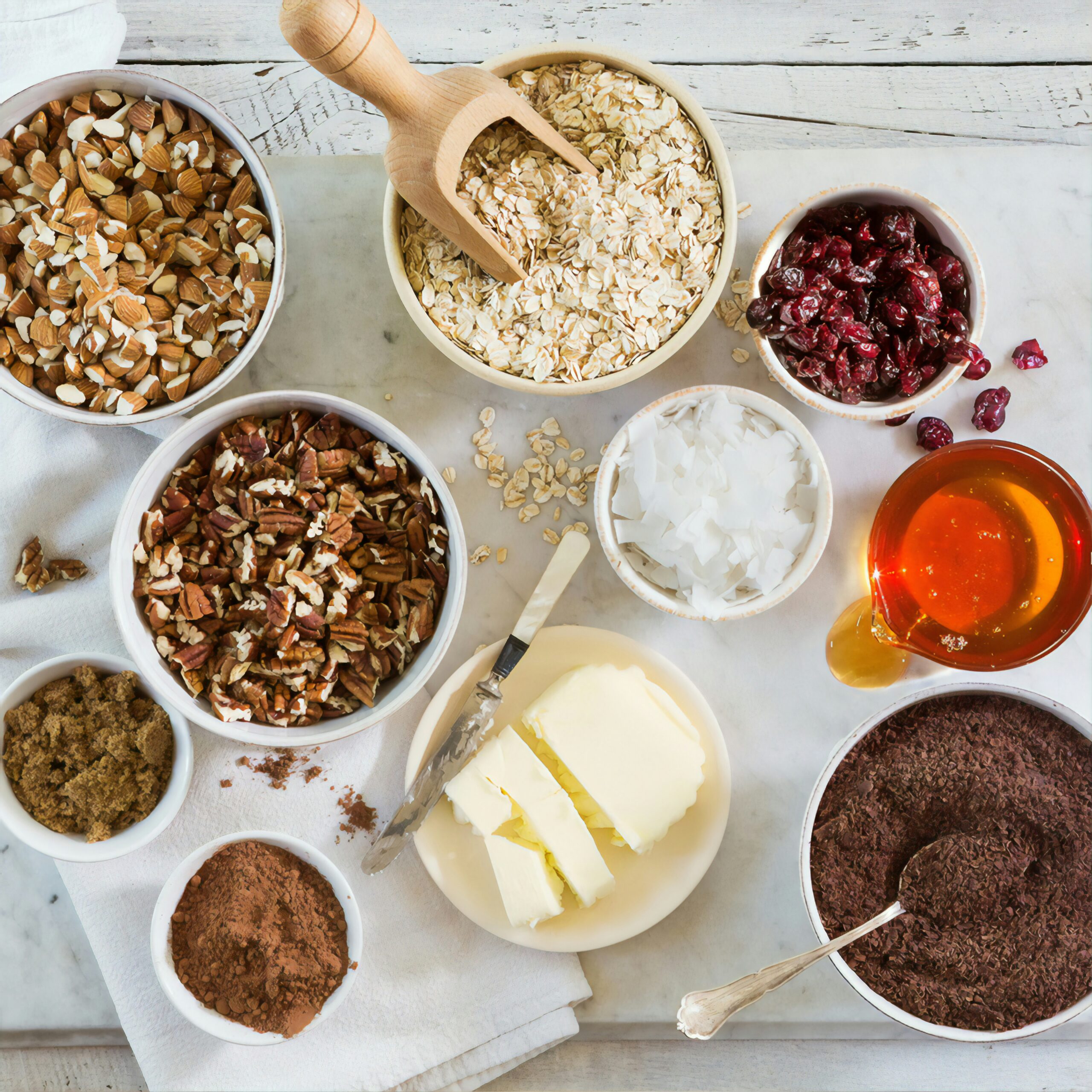What is Cinnamon Spice Good For?
Did you know that cinnamon—the same spice you might sprinkle on your oatmeal—has been celebrated for centuries not just for its flavor but for its health benefits? This humble spice is packed with antioxidants, which can actually help keep your cells safe from damage, kind of like a natural shield. Plus, if you’re adding a dash to your coffee or toast, you might even be helping to keep your blood sugar in check, which is great for steady energy throughout the day. For anyone interested in a heart-healthy diet, cinnamon’s benefits don’t stop there; studies suggest it might even help with cholesterol and blood pressure. Not bad for something that sits quietly in the spice rack, right?
Is Cinnamon Spice the Same as Cinnamon?

Did you know that cinnamon—the same warm, cozy spice you might sprinkle on your oatmeal or stir into coffee—has been treasured for centuries for its health benefits, not just its taste? Beyond its delicious flavor, cinnamon is packed with antioxidants that help protect your cells from damage, a bit like a natural defense shield. In today’s world, that kind of support can be really valuable, helping us stay healthier despite the stress and wear our bodies face.
Cinnamon is also known for being anti-inflammatory and even has some antimicrobial properties, which means it can give your immune system a nice boost. Plus, it might even help with blood sugar levels, which could be great for those of us who deal with energy dips after meals. Research suggests cinnamon can actually slow down how quickly your stomach empties after eating, helping to keep blood sugar more stable and support overall metabolic health.
And if you’re focused on heart health, cinnamon can be a smart addition to your diet. Some studies hint that it might help lower cholesterol and triglycerides and even reduce blood pressure, all of which support a healthier heart. So, next time you’re adding a dash of cinnamon, know that you’re not just adding flavor—you’re sprinkling in a little health boost too!
Is Cinnamon a Herb or a Spice?
Ever wondered whether cinnamon counts as a herb or a spice? The answer’s pretty straightforward once you know the difference: herbs are generally the green, leafy parts of plants, whether fresh or dried, while spices come from other plant parts—like seeds, roots, and bark. Since cinnamon is actually harvested from the inner bark of the Cinnamomum tree, it’s definitely a spice.
Cinnamon’s journey to our kitchens is fascinating. The bark is carefully harvested, dried, and rolled into those familiar quills you might see in stores. This process locks in its rich flavor and distinctive aroma, which is why cinnamon is so widely loved in both sweet and savory dishes. As a spice, it also packs a punch nutritionally, loaded with beneficial compounds that can have antioxidant and anti-inflammatory effects.
In cooking, knowing the difference between herbs and spices helps with how we use them. Spices like cinnamon often go in during cooking or as a finishing touch to bring out deep flavors, while herbs can be added at any stage for a fresh, vibrant note. So, while cinnamon might be one spice among many, its unique flavor and health perks make it a standout in kitchens worldwide. From warm desserts to hearty stews, it’s a small but mighty addition to countless recipes!
How Do You Use Cinnamon as a Spice?
Cinnamon is one of those versatile spices that can bring warmth and depth to both sweet and savory dishes. Knowing how to use it well can really enhance your cooking, making everything smell and taste incredible. But here’s a tip: choosing the right type of cinnamon can make a difference! There are two main kinds—Ceylon, which is often called ‘true cinnamon,’ and Cassia, the more common type you’ll find in most grocery stores. Ceylon has a delicate, almost floral flavor, while Cassia is a bit bolder and spicier. Depending on what you’re making, you might find one works better than the other.
To keep your cinnamon fresh, store it in a cool, dark spot in an airtight container. Ground cinnamon will keep its flavor for about six months, but whole sticks can stay good for up to two years. If you really want the freshest flavor, buy the sticks and grind them as needed—it’s a small extra step that can make a big difference.
When it comes to using cinnamon, there are plenty of options. In sweet recipes, it’s a classic in things like cinnamon rolls, cookies, and cakes. But don’t forget savory dishes! A sprinkle in chili, stews, or even roasted veggies can add a wonderful warmth and depth. For most recipes, about a quarter to a teaspoon of ground cinnamon works well, but feel free to adjust based on your taste.
And if you’re looking for a quick flavor boost, try adding a sprinkle of cinnamon on top of oatmeal, yogurt, or even a latte. With the right cinnamon and a little know-how, you can unlock the full potential of this amazing spice in your kitchen.


















